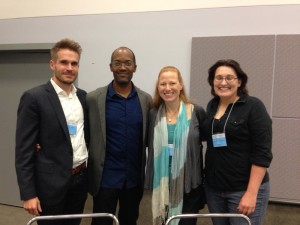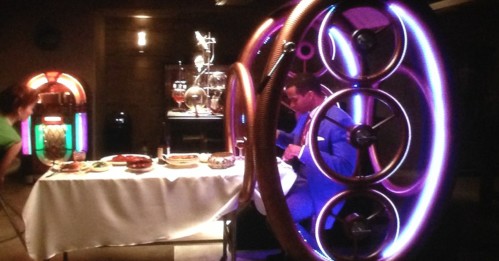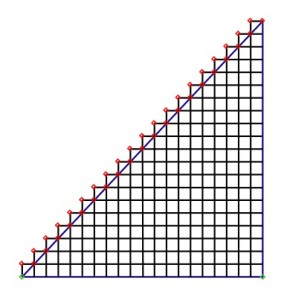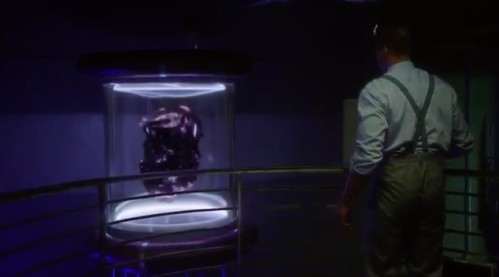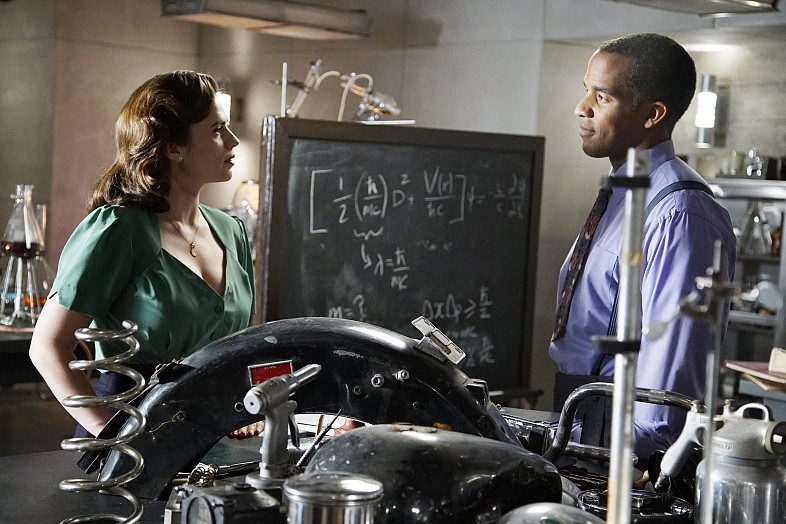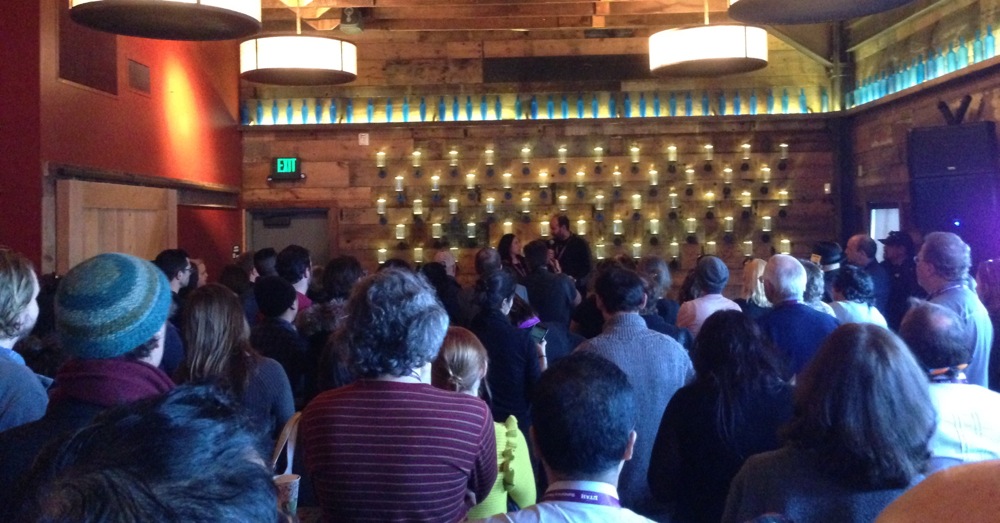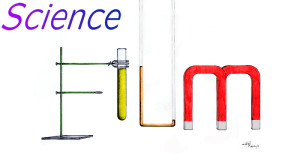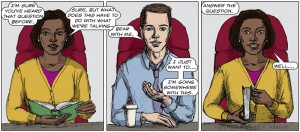Visualizing Zero Matter
 Wired has a video piece about the VFX work done on Agent Carter to bring the substance known as “zero matter” to your screens. They very kindly mentioned me, which is a pleasant surprise. There was a lot of conversation early on with the writers, show runners, and the head of VFX (Sheena Duggal), discussing what it might look like, and what kind of aesthetic drivers were in play for the look of the show overall (less ZAP! and more ooze and flow), and what you see on screen is the result of a lot of that conversation. It’s really great to see so much of what we brainstormed make it up on screen. The main physics input I wanted to use as a guide was the idea that this is some sort of special fluid from “elsewhere”, in a very special physical phase (inspired by various super fluids and perfect fluids in actual physics from our world, which I explained a bit about to them…Sheena was also very taken with ferrofluids, which was a very smart design input to use as reference). We also talked a lot about the idea that zero matter manifests itself in different ways depending upon the biology of the host. (See a post I did about other aspects of zero matter here, including the naming of it, and “elsewhere”.)
Wired has a video piece about the VFX work done on Agent Carter to bring the substance known as “zero matter” to your screens. They very kindly mentioned me, which is a pleasant surprise. There was a lot of conversation early on with the writers, show runners, and the head of VFX (Sheena Duggal), discussing what it might look like, and what kind of aesthetic drivers were in play for the look of the show overall (less ZAP! and more ooze and flow), and what you see on screen is the result of a lot of that conversation. It’s really great to see so much of what we brainstormed make it up on screen. The main physics input I wanted to use as a guide was the idea that this is some sort of special fluid from “elsewhere”, in a very special physical phase (inspired by various super fluids and perfect fluids in actual physics from our world, which I explained a bit about to them…Sheena was also very taken with ferrofluids, which was a very smart design input to use as reference). We also talked a lot about the idea that zero matter manifests itself in different ways depending upon the biology of the host. (See a post I did about other aspects of zero matter here, including the naming of it, and “elsewhere”.)
The amazing company Double Negative played a huge role overall, doing the rendering and bringing all sort of techniques to bear to make it all work. You’ll maybe recognize that name since they were the people who worked with physicist Kip Thorne […] Click to continue reading this post

